--t.lua
function fact(n)
if n == 0 then
return 1
else
return n * fact(n-1)
end
end
for i=1,100,1 do
print(i,fact(i))
end
# t.py
fact = lambda n:1 if n == 0 else n * fact(n-1)
for i in range(1, 100):
print(i, fact(i))
When I write a factorial code in Lua and in Python, I found that output was different.